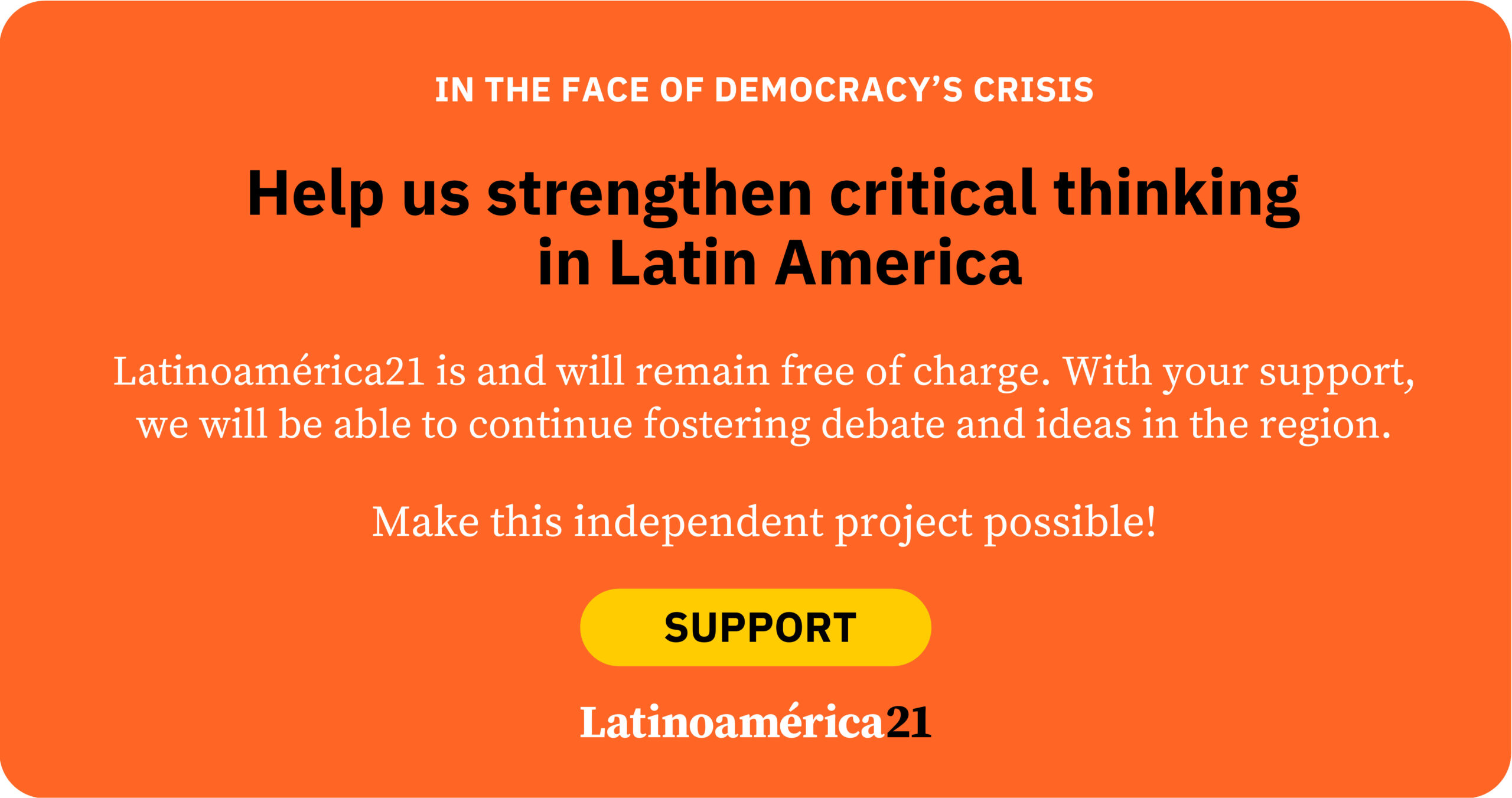
The EU–CELAC summit left a bittersweet impression. On one hand, it was marked by numerous absences: only a handful of European and Latin American heads of government made the trip to Santa Marta. On the other hand, the mere fact that the summit was held—and that the final declaration managed to reflect a basic consensus on many issues of international politics—can already be considered a success. However, the declaration offers little in the way of substantive innovations. In this sense, it is worth asking to what extent such summits remain useful and necessary for cooperation between the EU and Latin America. The seemingly conciliatory outcome of the summit masks deeper problems and challenges that persist in the bi-regional relationship.
The IV EU–CELAC Summit was clearly defined by absences. Neither Macron, Merz, nor Meloni, nor the President of the European Commission, Ursula von der Leyen, attended. In the case of the European leaders, it could be argued that their absence was due to distance and logistical challenges in reaching Santa Marta—suffice it to mention that Spain’s Prime Minister Pedro Sánchez had to change planes in Barranquilla, as the local runway could not accommodate his aircraft. Yet even more telling was the absence of several Latin American leaders. In a sense, it was Lula who ended up saving the image of his Colombian counterpart throughs his participation. Paradoxically, there were more Latin American heads of state at the inauguration ceremony of the new Bolivian president—held just one day before the meeting in Santa Marta. This contrast clearly illustrates the limited convening power of President Petro within the region.

Multiple factors explain the limited attendance of European heads of government at the Fourth EU–CELAC Summit in Santa Marta (Colombia). First, the temporal proximity of COP-30 in Belém reduced the availability of several European leaders, who preferred not to extend their stay in Latin America. Politically and diplomatically, the host, President Gustavo Petro, had generated reservations in several European capitals due to his undiplomatic style, confrontational rhetoric, and clashes with the Trump administration. It was telling that French President Macron attended COP-30 in Belém but did not travel onward to Santa Marta, even though he stopped in Mexico before returning to France to give new momentum to Franco–Mexican bilateral relations. For her part, Mexican President Sheinbaum also did not attend the EU–CELAC summit.
As Brazilian President Lula stated in his opening speech at the summit: “Latin America and the Caribbean are experiencing a profound crisis in their integration project. We have once again become a balkanized and divided region, more outward-looking than inward.” If one examines the summit’s final declaration, there appears to be far more disunity on the Latin American and Caribbean side than on the European one. While the 27 European governments signed the joint declaration, two Latin American countries refused: Nicaragua and Venezuela. Nicaragua justified its decision with an explicit reference to the paragraph calling for an end to the ongoing war against Ukraine. While the refusal of Nicaragua and Venezuela illustrates the isolation of both regimes in the region, other dissenting voices also reflected the lack of regional consensus and the divergent strategic positions among Latin American governments.
Seven countries—Argentina, Costa Rica, Ecuador, El Salvador, Panama, Paraguay, and Trinidad and Tobago—distanced themselves from paragraph 10, which refers to “mutual respect and full compliance with international law, including in the fight against transnational organized crime and illicit drug trafficking.” Five objected to the paragraph mentioning the “economic, commercial, and financial embargo imposed on Cuba,” and four to the paragraph referring to the conflict in Gaza. There were also other disagreements, with Argentina making the largest number of observations to the agreed text—seven in total.
Behind the low turnout of heads of state at the EU–CELAC summit lies a more fundamental question: Are high-level biregional summits truly necessary? What purpose do they serve? Beyond the summit itself, there were parallel meetings between business representatives and civil society. However, such activities could also be conducted without convening a summit of heads of state and government. The same applies to ministerial meetings in areas of shared interest, where it is neither indispensable—nor necessarily useful—for all governments on both sides of the Atlantic to participate.
From a European perspective, Latin America as a region is too heterogeneous to fit all countries into a single framework. With some, there are shared economic and strategic interests, while with others such interests are limited—or their policies may even be perceived as contrary to Europe’s geopolitical and geoeconomic priorities. Against this backdrop, summits often become complicated and turn into a nightmare for achieving joint declarations, which in the end reflect only the lowest common denominator.
It would be far more effective to focus bi-regional dialogue on partners of high strategic value, as well as on those where there is broad consensus on fundamental international policy issues. In an era of resurgent power politics, military interventions and threats, and trade wars, the European reference to shared values and the virtue of “soft power” must be complemented by a policy grounded in geopolitical interests and the hard dimension of power—both economic and military—including cooperation among defense industries. From this perspective, it is appropriate for Europe to expand and deepen its security dialogue with Latin America, even if such engagement will not necessarily extend to all countries in the region.
Moreover, it makes sense to give priority to partners with existing strategic associations, such as Mexico and Brazil, as well as to those with bilateral association agreements, such as Mexico and Chile. It would also be advisable to prioritize dialogue with regional organizations that have association agreements with the EU and a stronger institutional structure than CELAC—including, in the near future and hopefully, Mercosur. This presupposes, as a condition, that the EU adopt trade policy decisions that translate its geopolitical and geoeconomic discourse into practice.


